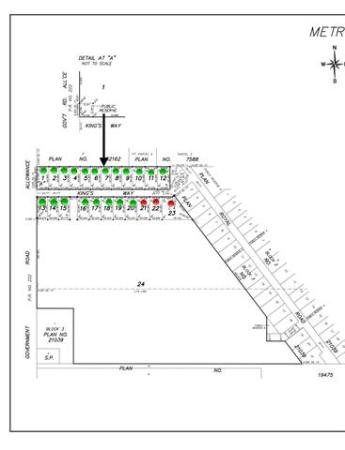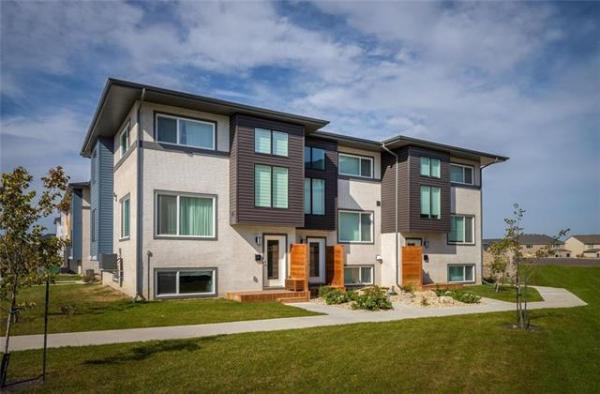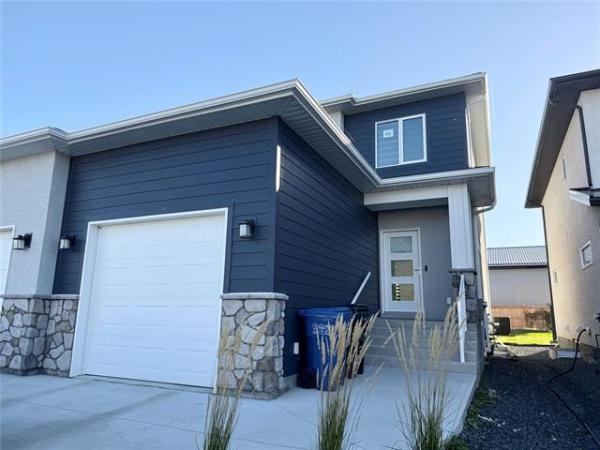The countdown is on for Manitoba’s condominium corporations to complete their Reserve Fund Studies, so there’s no time like the present to consider different options for long-term planning.
In essence, a Reserve Fund Study is a plan that guides the way for the long-term funding of the common elements of a condo corporation, which might include roofs, windows, siding, elevators, exterior paint and so on.

For Manitoba-based condo corporations, this specialized report needs to be complete by Feb. 1, 2018, to provide a planning framework for the next 30 years.
Since every funding path comes with its own compromises, it’s important to consider the pros and cons of every option. â¨"You’re making a compromise between different risks, but there’s also an element of risk control," notes Michael LaPorte, the president of NLD Consulting Reserve Fund Advisors who holds the professional designations of Certified Reserve Planner (CRP), Accredited Appraiser Canadian Institute (AACI), Professional Appraiser (P. App) and Professional Reserve Analyst (PRA).
"When you plan to commit dollars to the reserve fund, you’re committing your money, but you’re also controlling your financial risk. For example, the risk of a special assessment is reduced if you make larger regular contributions."
Condo corporations will need to determine which funding path is most appropriate for them, which can be summarized as essentially three different funding goals of a condo homeowner:

1. The first goal may be to maintain low reserve fund contributions — or at least to give as much advance notice as possible of any fee increases. This approach is often top of mind for those who want to commit the least amount of money in the short term.

2. In contrast, the second goal is to contribute enough funds to avoid any special assessments along the way. "These are two contradictory goals. They’re not in harmony because if you’re not committing adequate dollars on a regular basis, you may have to write a cheque for thousands of dollars when a major expenditure occurs," LaPorte explains. "For most owners, I think it would be ideal to avoid that situation. The challenge, then, is how to balance those two goals."

3. That brings us to the third potential goal, which is to work towards full funding or ideal funding. The concept of ideal funding involves setting aside the appropriate amount of money towards all future anticipated reserve funded expenses. "The third goal is going to mean the highest level of contributions," LaPorte says. "It’s going to reduce the risk of special assessments as well, but it does nothing to help achieve the first potential goal of keeping the fees low."

No matter which funding path your condo corporation chooses, it will be a balancing act among these three potential goals. As a result, condo corporations need to consider their options since a virtually unlimited number of potential funding models are available.
Using three examples, a "Minimum Funding Model" relies heavily on special assessments with minimal ongoing contributions. An "Adequate Funding Model" might still result in some special assessments, but there is more of a focus on equity and practicality. Meanwhile, the Full Funding Model strives to eventually reach full funding for expenditures through equal ongoing payments, thereby reducing the likelihood of special assessments.
Condo corporations are not required to follow any of these funding models, but hopefully they can find an approach that will work for their specific situation.
"Each funding model balances different priorities that the condo corporation might have," LaPorte says. "They need to determine what is the most effective plan for the dollars that they’re going to commit to their reserve fund as part of their monthly payment to the condo corporation."
NLD Consulting specializes in Reserve Fund Studies. For a free proposal, visit their website at www.manitoba.reserveadvisors.ca or call them at 204-815-5280.








